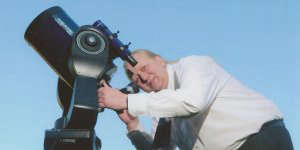
Monday 20th to Sunday 26th January 2024
Because the Moon takes the same time to rotate on its axis as it does to orbit around us, we always see the same face and are never able to see what is called the "dark side". However, our natural satellite exhibits something called "libration" which means it wobbles a bit and sometimes we can see a bit further around the surface than at other times.
A couple of weeks ago I mentioned the seas or "mare" on the lunar surface and the obvious
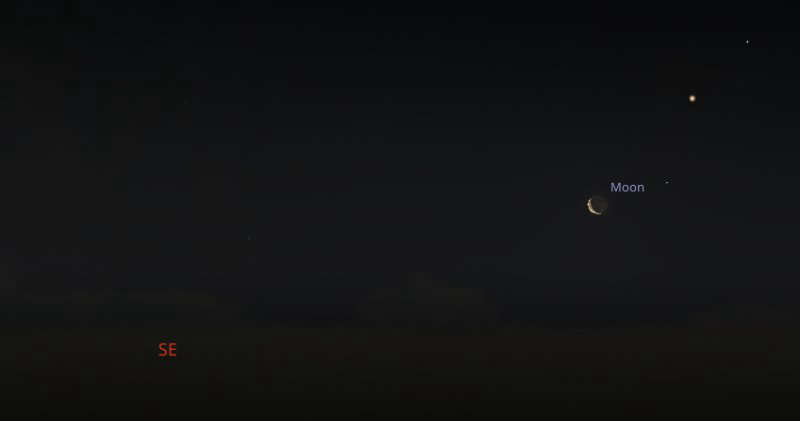
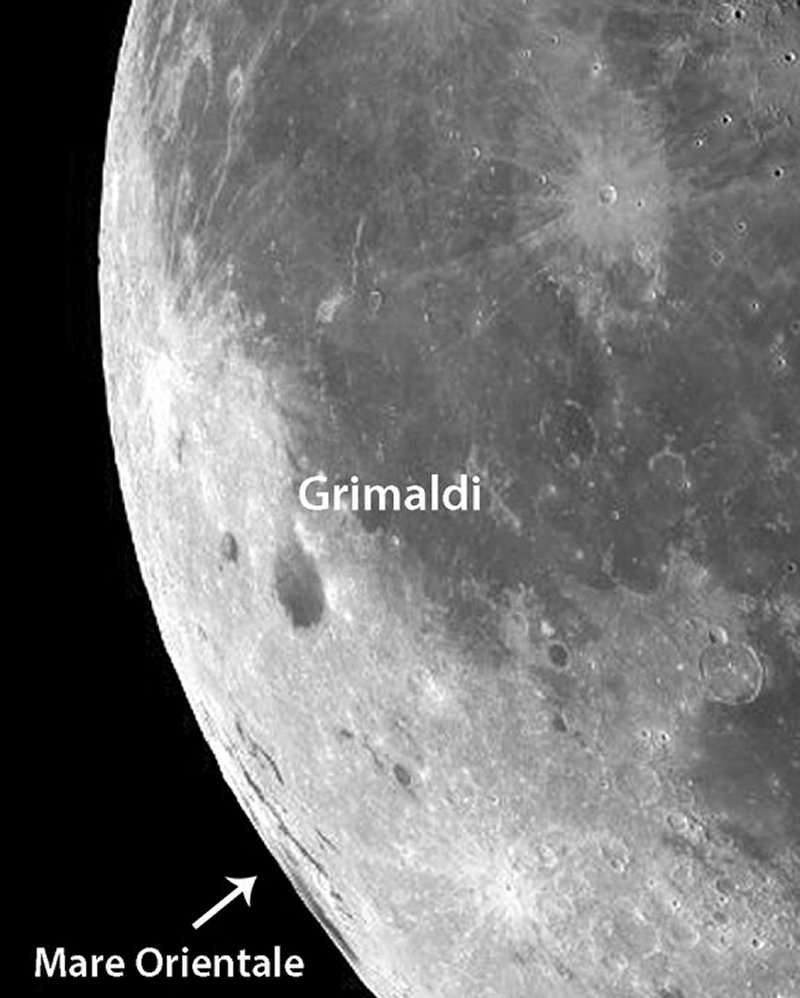
There are a number of excellent early evening opportunities to spot the International Space Station next week. Monday 20th at 5.46pm, Tuesday 21st at 6.34pm, Wednesday 22nd at 5.45pm, Thursday 23rd at 6.33pm and Friday 24th at 5.45pm. At least one of those evenings has got to be clear surely! You are looking for a bright pinpoint of light that appears towards the west and spends up to six minutes passing silently overhead, before disappearing to the east.
Finally, a reminder that my next astronomy talk and star party at the Ham Hill Visitor Centre is scheduled for
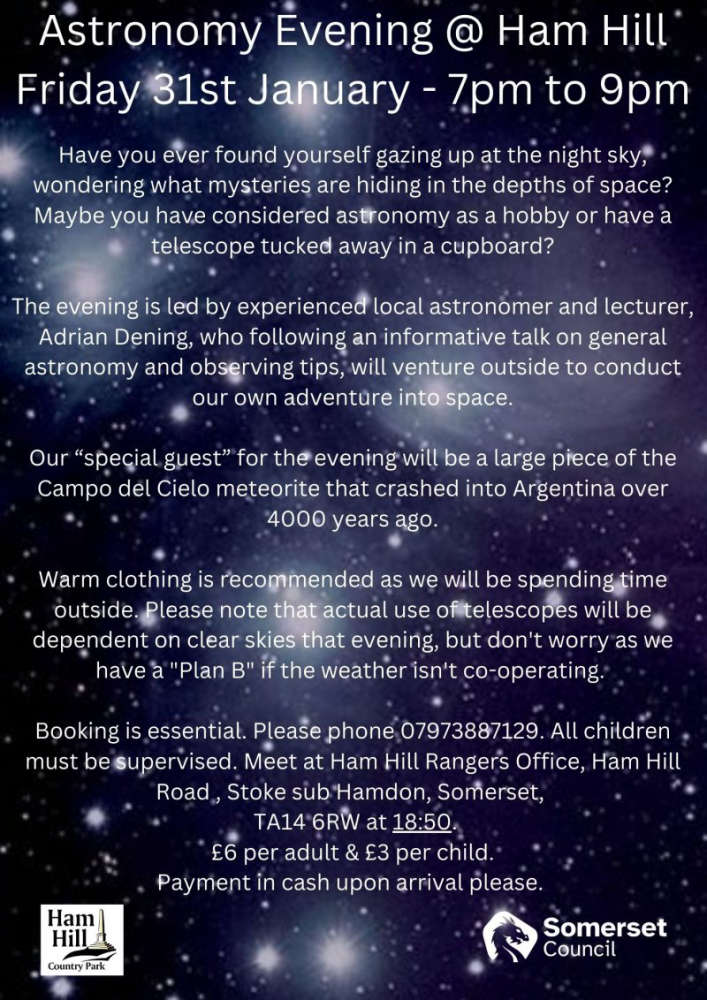
www.starsoversomerset.com
Screenshots courtesy of Stellarium
Copyright Adrian Dening and Radio Ninesprings 2025

 Yeovil Taxi Rank Changes
Yeovil Taxi Rank Changes
 Police Station Refurbishment
Police Station Refurbishment
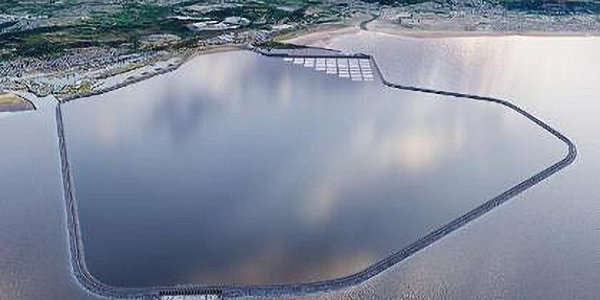 Tidal Lagoon for West Somerset
Tidal Lagoon for West Somerset
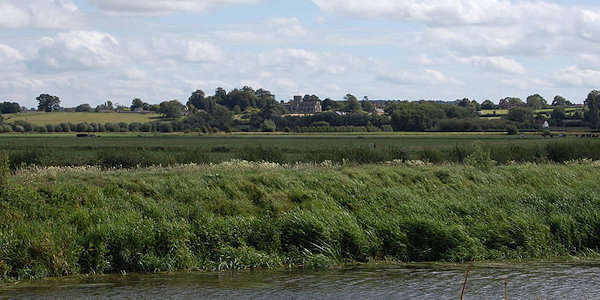 Somerset Levels, a National Landscape
Somerset Levels, a National Landscape
 Rural England Prosperity Fund
Rural England Prosperity Fund
 False Fire Alarms
False Fire Alarms








